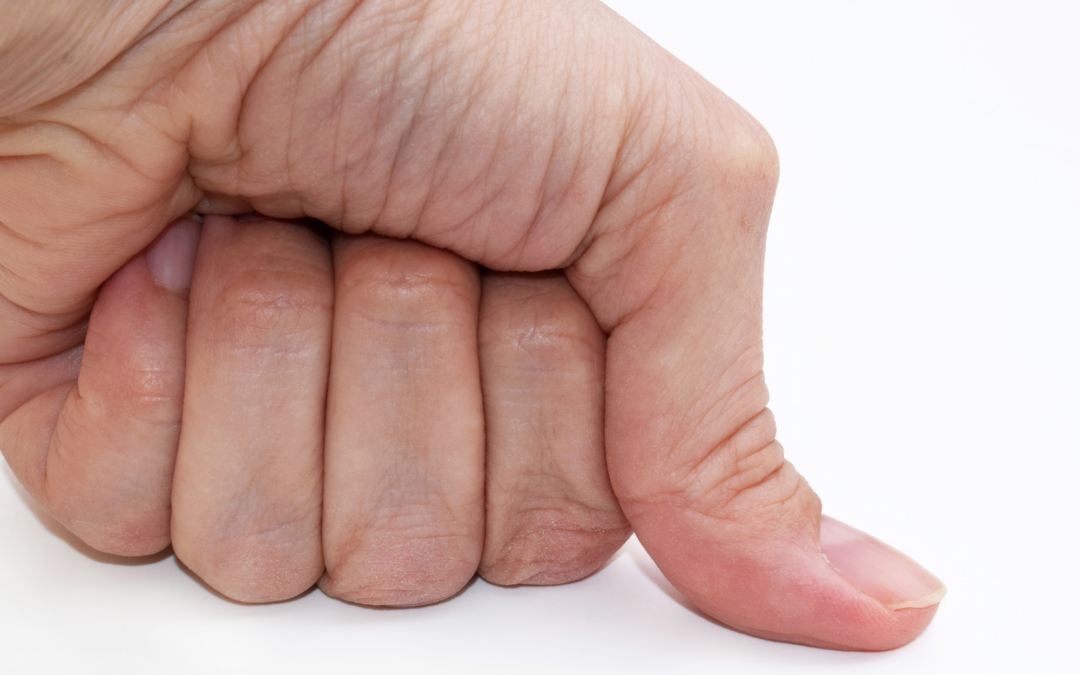Dry Needling Can Help EDS
What is Dry Needling?
Dry Needling is the use of a microfilament needle that is inserted into a trigger point (a tight spot in the muscle) to cause a “twitch” response. This helps to reduce pain, inactivate trigger points, and restore function. Trigger points are often tender to the touch and can cause referred pain.
What is EDS?
Ehlers Danlos Syndrome is a connective tissue disorder that can affect the joints, but also the internal organs. There are thirteen types of EDS, with Hypermobile EDS being the most common. Symptoms of hypermobile EDS include: joint hypermobility, unstable joints, joint pain/clicking, fatigue, stretchy skin, digestive problems, pain, and dizziness. People of EDS often seek treatment from a Physical or Occupational Therapist to help with pain management, strengthening, and activity modification.
How can Dry Needling help EDS?
Those with EDS often have a systemic tightening of their muscles due to the instability of their joints. It often causes the muscles to have to work harder to stabilize the joints. This leads to an increased number of trigger points throughout the body. Trigger points can alter the way our body moves and functions, and is typically associated with an increase in pain. When we look at people with EDS, their muscles have to “work harder,” then add trigger points on top of that and it can cause the muscles to fatigue more quickly. Dry needling can help reduce trigger points to improve muscle function and reduce pain. Once the pain and trigger points have subsided, we recommend that strengthening be utilized to properly strengthen the muscles to increase joint stability.
Utlizing Dry Needling in Treatment
As a practitioner who treats patients with EDS, I often utilize dry needling to more accurately and quickly help alleviate their pain. My patients with EDS often do not tolerate prolonged or aggressive manual soft tissue mobilization well and will report being sore afterwards. I commonly dry needle in the upper trapezius muscle. This is the most common area of tightness in many patients with EDS. I associate this with weakness in their scapular muscles and will have patients tell me that they were told they have a lot of “winging” of their shoulder blade(s). I typically treat this by utilizing dry needling to help reduce trigger points in the upper trapezius and then develop a personalized strengthening program for the patient’s scapular muscles.
It is important to address strength deficits to help avoid the formation of more trigger points in the upper trapezius. If you believe that you would benefit from treatment of dry needling, please contact our clinic to schedule an appointment with one of our EDS therapists.
References:
https://www.ehlers-danlos.com/what-is-eds/https://setptusa.com/blog/physical-therapy/manual-therapy-ehlers-danlos-syndrome/#:~:text=Dry%20needling%20can%20be%20very,on%20its%20most%20stable%20position.
https://www.chronicpainpartners.com/webinar/free-webinar-dry-needling-eds/

